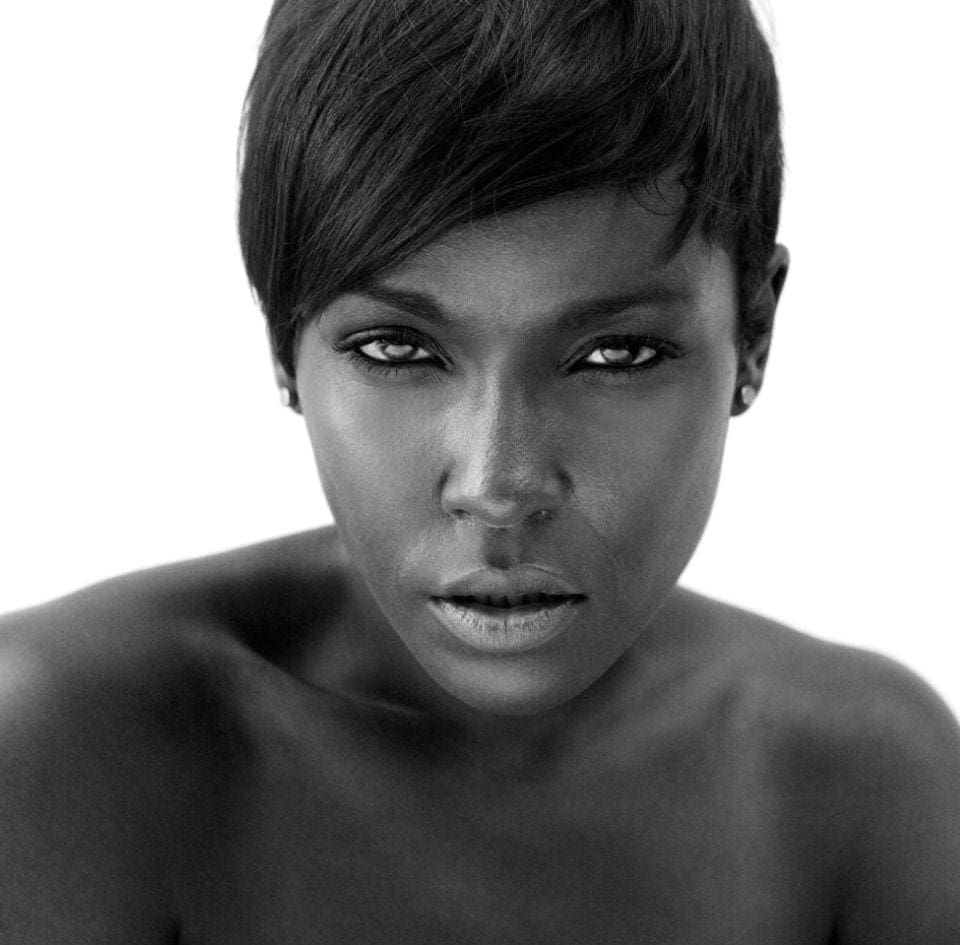Skin Treatment
Sciton Resurfacing Laser – ProFractional & Contour TRL
Skin Treatment
Sciton Resurfacing Laser – ProFractional & Contour TRL
Sciton’s one-of-a-kind Tunable Resurfacing Laser (TRL). It is used to address a broad range of skin concerns. The treatments can be tailored to each patient’s needs, with results ranging from the subtle to the dramatic. The tunable resurfacing laser boasts dual mode Er:YAG technology, allowing you to perform optimal cold ablation, while also effectively emulating other common resurfacing modalities (Er:YSGG and CO2).
Superior Water Absorption
Sciton’s Er:YAG wavelength at 2940 nm dominates the water absorption spectrum. It is absorbed by water 2.7 times stronger than Er:YSGG and 14.6 times stronger than CO2.
Deep Resurfacing – A more aggressive procedure that literally erases wrinkles, pigmented lesions and other skin irregularities in the epidermis and dermis. The Sciton® Erbium Laser is a fully ablative laser that utilizes light energy to target the upper layers of skin. By using a specialized delivery system, this laser is able to precisely target damaged skin cells in order to reveal younger-looking and more even-toned skin. Laser resurfacing also triggers the body’s natural healing process, which stimulates collagen production for improved skin texture and elasticity.
MicroLaserPeel ® – A minimal downtime, light resurfacing treatment limited to the epidermis that evens out skin tone, texture & color, and restores a healthy-looking, youthful glow to the skin
ProFractional TherapyTM – A minimal downtime treatment that creates micro-ablated channels deep into dermal tissue (to treat a variety of pathologies and stimulate new collagen growth), surrounded by islands of untreated skin (to promote rapid healing)
How Does Sciton ProFractional Therapy Work?
The key difference between fractionated laser treatments and the more traditional ablative methods (such as CO2 lasers) is that fractionated lasers do not take off the entire outer layer of the skin at once. CO2 lasers treat the total surface of the skin. Fractionated lasers use a very narrow column of light to target pinpoint areas deep in the skin The fractionated laser penetrate just deep enough (hence “fraction”)to stimulate significant collagen regeneration, while the surrounding unaffected areas help speed up recovery. Healing time, downtime, redness, and pain during the procedure is much less with Fractionated lasers than with CO2 and other ablative lasers.
In addition, fractionated lasers can be used on any part of the body — not just the face. CO2 lasers can only be used on the face.
How do fractional lasers work?
Fractionated lasers selectively treat tiny sections deep in the skin, while not affecting the rest of the skin’s surface. The laser targets aged and damaged skin by creating evenly-spaced, small pinpoint areas deep into the dermis. Since the laser treats a portion or “fraction” of the skin’s deepest layers, the surrounding areas are left unharmed. These vertical microscopic treatment areas, called “Micro Thermal Zones” trigger the body to create its own new natural collagen deep in the dermis. The surrounding, non-treated areas help with stimulate healing.
In other words, the laser dives deep into the dermis, and destroys these microscopic areas, while leaving the surrounding tissue, unharmed. The treated areas stimulate collagen production, while the skin tightens, and pigmentation is normalized. The skipped areas of healthy cells left behind help speed up the healing process and minimize pain.
Treatment improves skin tone, smooths out fine lines, and evens out skin discoloration, by treating tiny sections of the skin at a time. This type of selective treatment causes collagen to regenerate deep in the dermis, while not affecting the rest of the skin’s surface. Since non-treated areas surround each treated area, healing occurs faster, decreasing downtime for patients.
How do fractional lasers differ from CO2 lasers?
The key difference between fractionated laser treatments and the more traditional ablative methods (such as CO2 lasers) is that fractionated lasers do not take off the entire outer layer of the skin at once. CO2 lasers treat the total surface of the skin. Fractionated lasers use a very narrow column of light to target pinpoint areas deep in the skin The fractionated laser penetrate just deep enough to stimulate significant collagen regeneration, while the surrounding unaffected areas help speed up recovery. Healing time, downtime, redness, and pain during the procedure is much less with Fractionated lasers than with CO2 and other ablative lasers.
In addition, fractionated lasers can be used on any part of the body — not just the face. CO2 lasers can only be used on the face. Fractionated lasers can treat delicate skin suffering from sun damage on the neck, chest, and hands can be easily treated. In fact, any part of the body can be treated. The end result is impressive improvement of fine lines, wrinkles, acne scars, and a smoothing out of skin tone and color with minimal down time.
Lastly, fractionated lasers will not cause the lightening of the skin like CO2 lasers will cause. Part of the problem with CO2 lasers is that they leave a “line of demaraction” or a sharp border where the treated skin is much lighter than the un-treated skin.
Why would I choose an Fractional Laser over CO2 Resurfacing ?
CO2 Laser
- Recovery up to 21 Days
- More pain during procedure
- Redness lasts up to 4 months
- Leaves border where treated area ends
Fractional Laser Resurfacing
- Recovery 4-7 Days
- Less pain during procedure
- Redness fades within 1 week
- Treated areas blend smoothly with un-treated area
This healing stimulates new collagen deep in the dermis, adding both resiliency and firmness to the skin. This resurfacing laser therapy treatment provides excellent results in a fraction of the time compared to full field resurfacing.
How many treatments will I need?
Usually, patients see significant results in two treatments. A consultation will determine what your individual skin requirements are.







